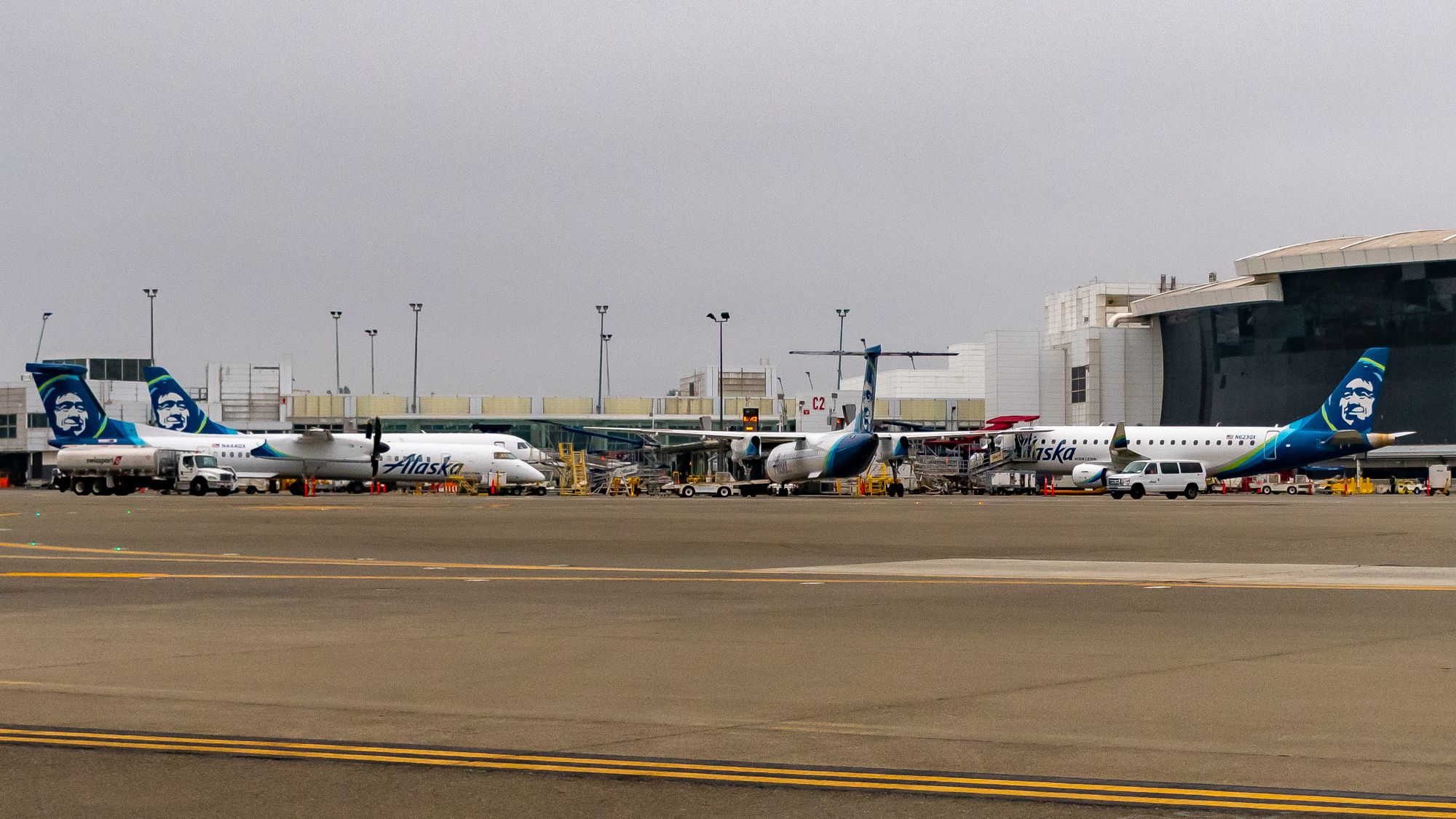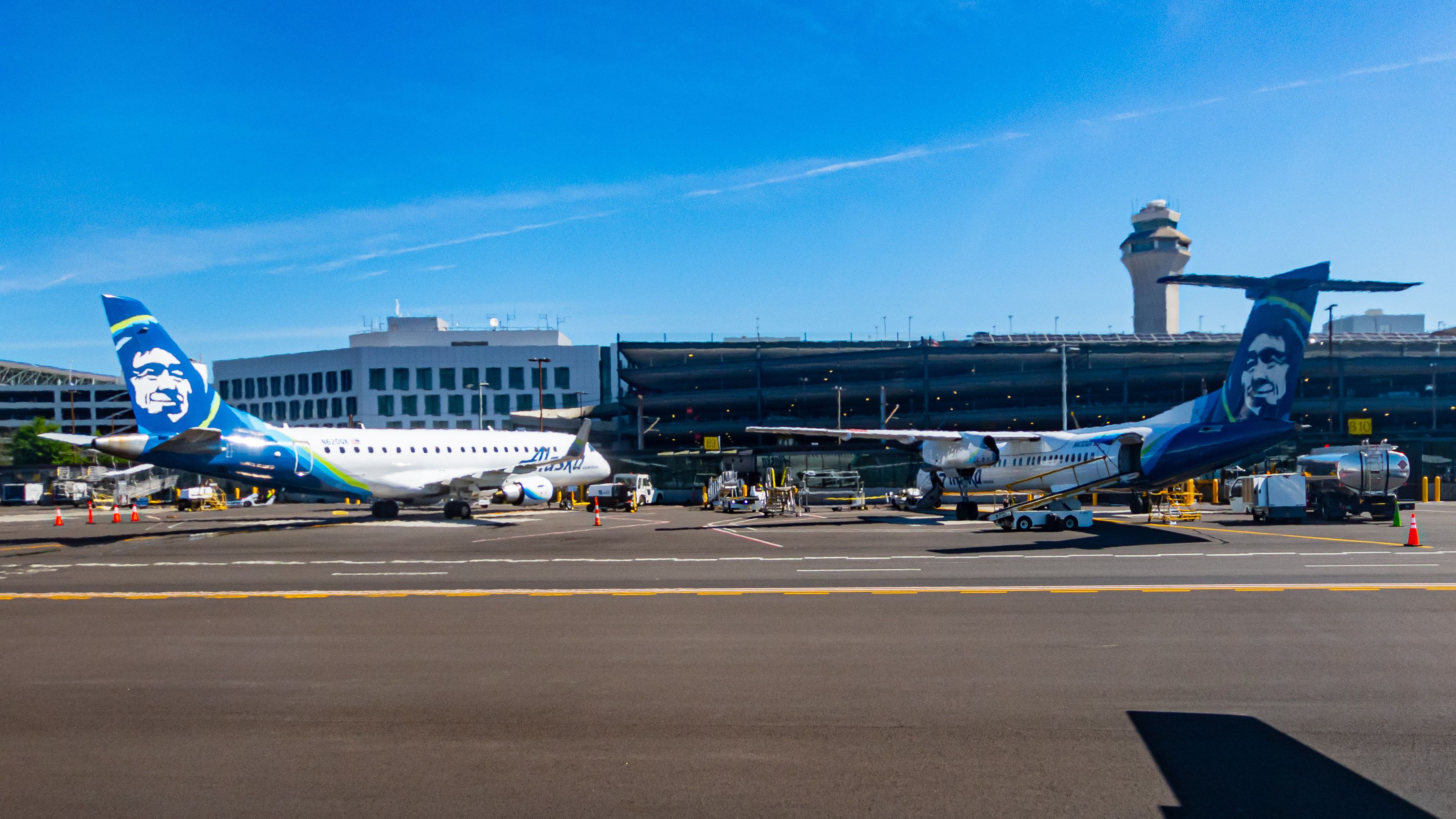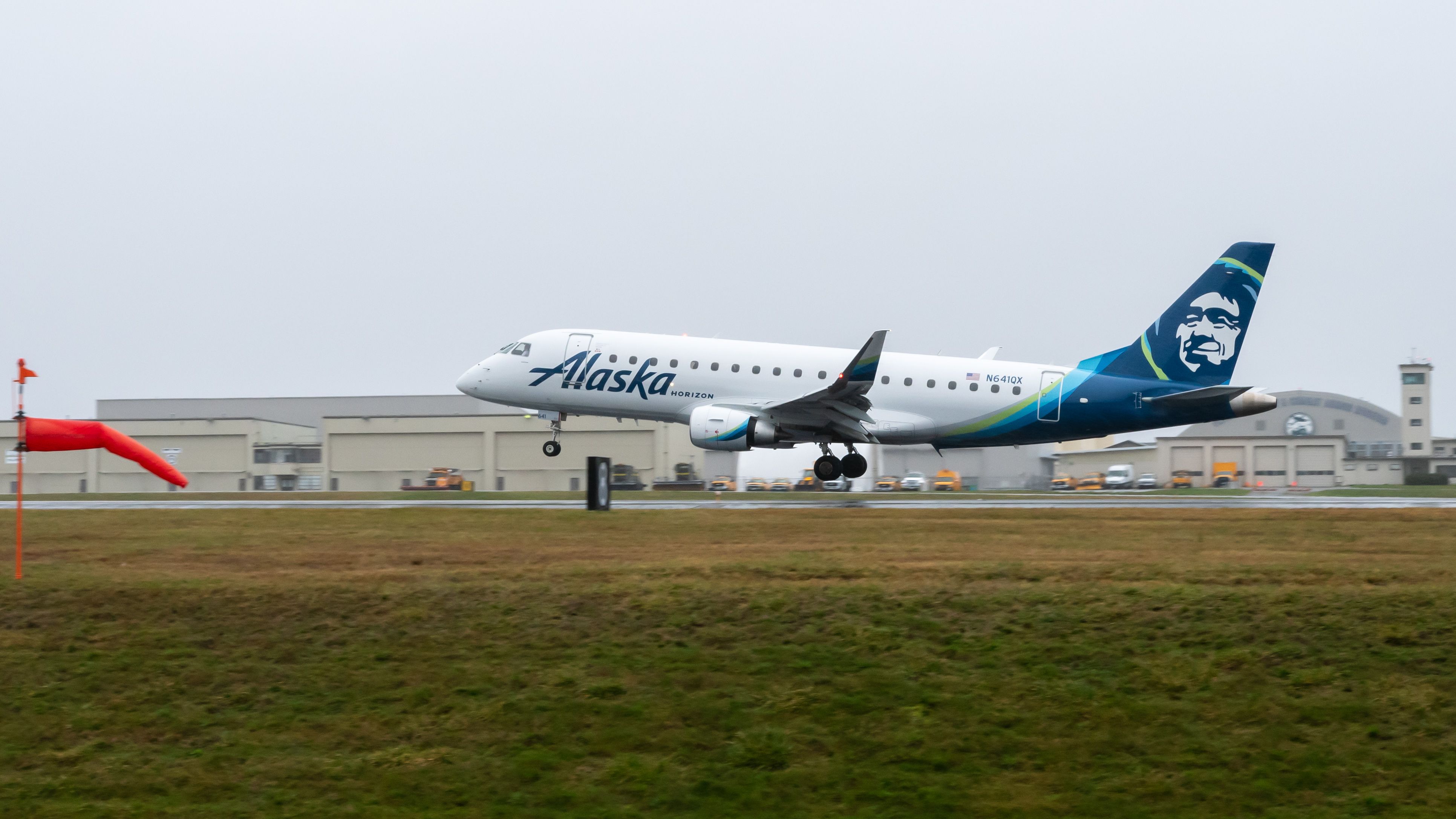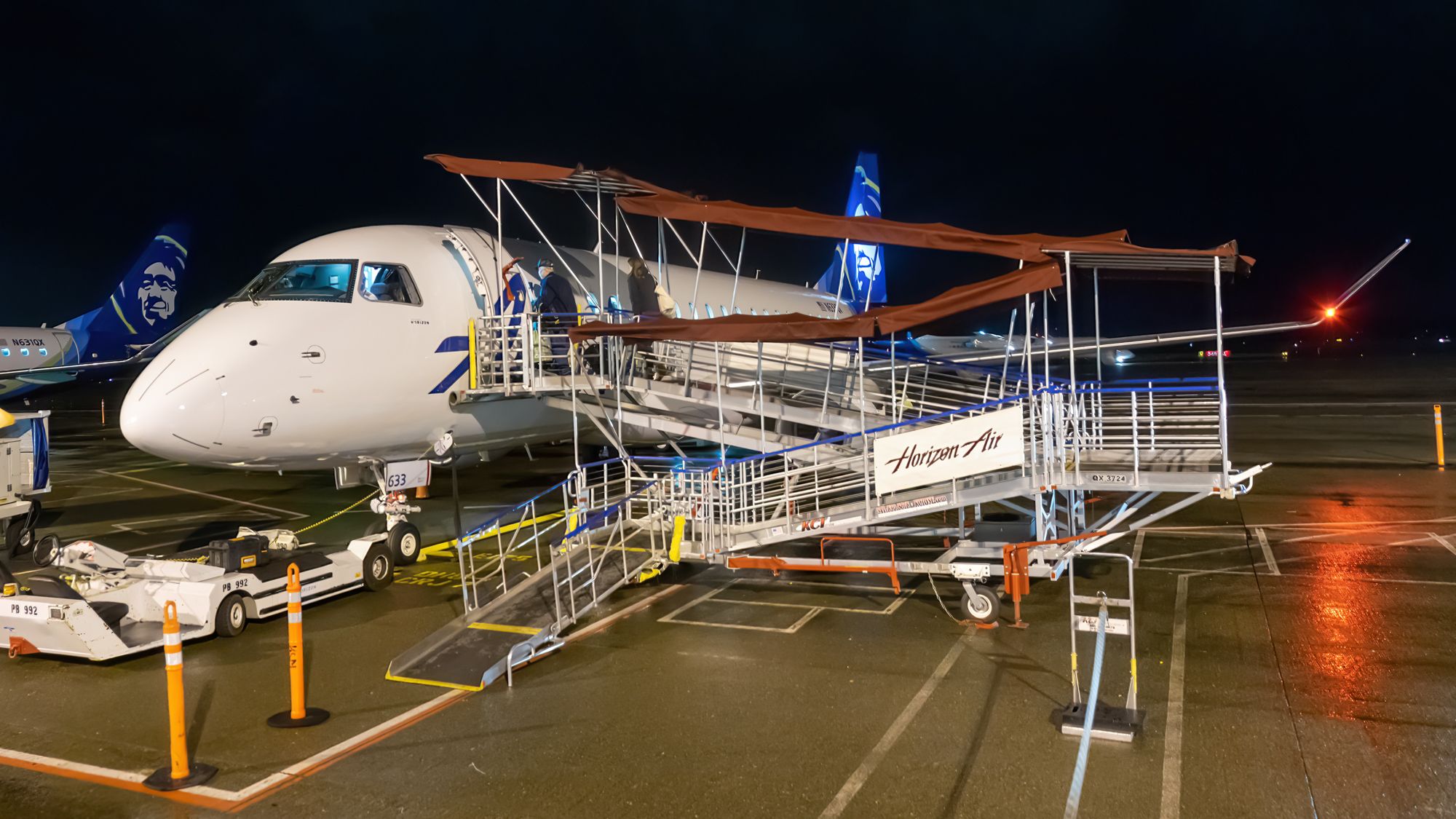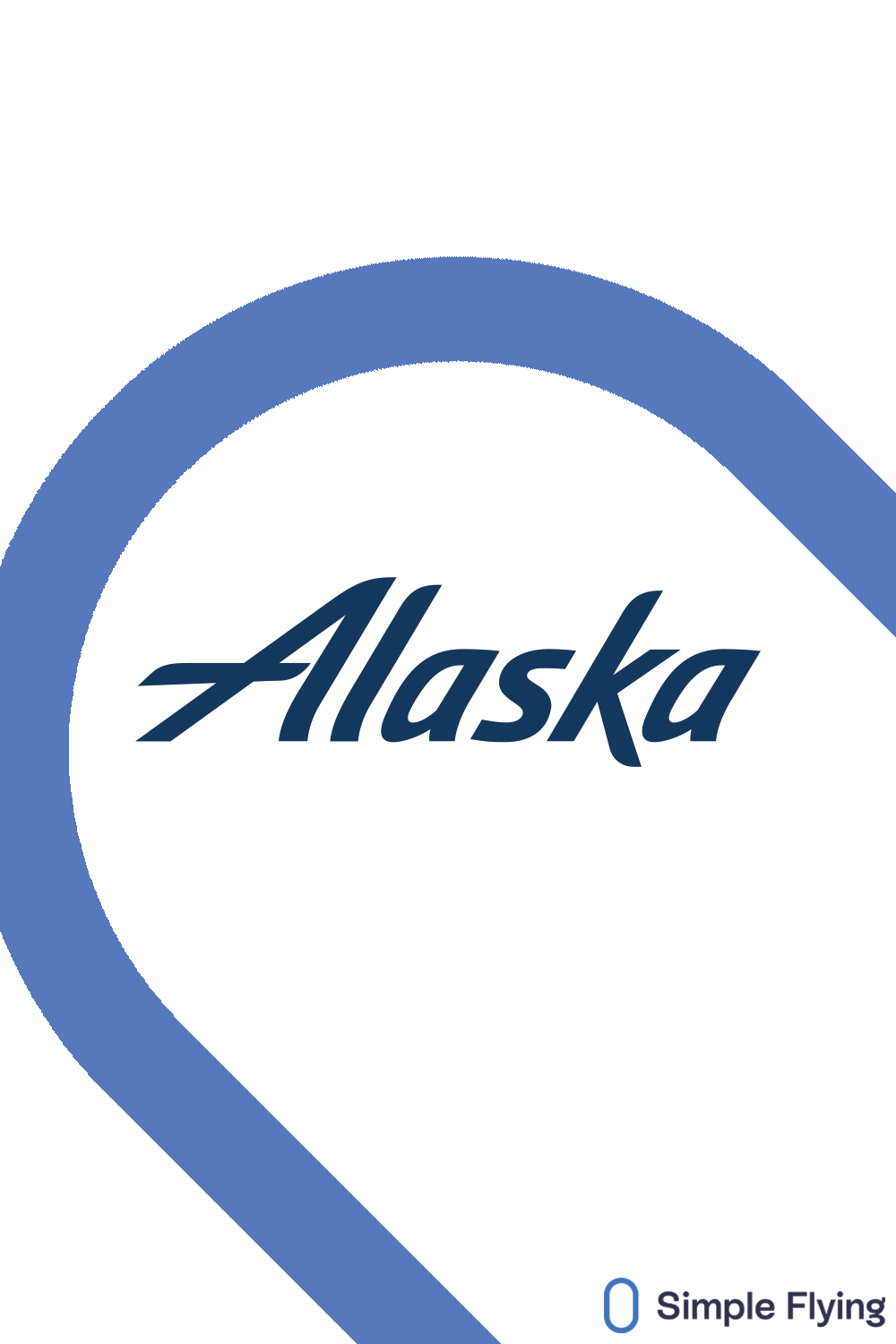The Alaska Airlines’ regional airline subsidiary Horizon Air is changing from the Bombardier Q400 (now known as the de Haviland of Canada Dash 8-400 turboprop) to the Embraer E175. So far, the switch has come with mixed reviews. Nonetheless, the anticipation for the end of Horizon Air’s mixed fleet is rising.
Why did Alaska Airlines make the change?
Alaska Airlines decided to make the switch for several reasons. First, as announced in March 2022, an aircraft with narrower single-class seats that flies slower without WiFi than its equivalent only appeals to avgeeks and not the bottom lines of an airline.
Second, as Horizon Air President Joe Sprague explained at the end of December to Simple Flying, with 40 aircraft and just eight of them Q400s (while the rest are E175s), “economies of scale” were needed. As Sprague explains the situation;
"We had to have 2 of almost everything…including training programs, parts, maintenance programs, ground support equipment, etc. Shifting to a single fleet of E175s brings much-needed simplicity as we weather the current pilot attrition storm and seek to build Horizon more strongly for the future."
As to the current pilot attrition storm, Sprague informed Yakima area political and business leaders that Horizon Air lost almost 400 of 800 pilots but is recruiting hundreds to fill the gap. Sprague also made clear the pilot shortage is hitting all US regional airlines and not just Horizon Air, so the airline, for a time, had to fly a reduced number of flights to maintain service to all destinations. As Shane Tackett – the airline’s Executive Vice President of Finance and Chief Financial Officer – clearly stated in the Q2 2022 earnings call,
"We're committed to those communities - we have not exited a community yet. We don't want to.”
New jets bring new mobility problems
The Bellingham Herald reported that issues arose in the inability to handle mobility scooters on the E175 as well as the Dash 8s could. However, the airline is working on the issue by first obtaining sufficiently strong straps for mobility devices and, according to the airline, this issue has been rectified. But the problem of weight and balance remains. Alaska Airlines also issued a statement to Simple Flying explaining how the airline is working on the problem;
The well-being of our guests and employees is always our top priority. To ensure the proper transport of battery-powered mobility devices in the cargo hold of our aircraft, we have temporarily suspended electric mobility devices on our E175 aircraft. We’re working with the FAA and the aircraft manufacturer, Embraer, to finalize a solution that ensures that the devices are loaded so that the weight is evenly distributed and secured, and in compliance with the aircraft’s cargo floor weight limits.
We understand the significant impact this has on our guests who rely on these mobility devices and are working with anyone affected to accommodate them on another mainline flight or on another airline. We’re also compensating for reasonable additional costs or offering a full refund.
Furthermore, the author happened to book himself on the penultimate departure and returning ultimate final arrival of the Q400 to Bellingham International Airport (KBLI). Upon deplaning from the final arrival, he happened to capture a mobility device being deplaned with great care by the KBLI ground crew, as pictured above.
The change to the E175 also means no more planeside checking bags. This was a unique feature of the Q400 experience due to the smaller overhead bins, as pictured above.
But the new E175 jets bring many benefits
The regional airline pilot shortage might toil on, but nonetheless, the Embraer E175 jets, with the first one N620QX delivered on March 15, 2017, bring many benefits to Horizon Air. According to Net Pieper, Alaska Airlines' senior vice president of fleet, finance, and alliances,
The jet is the perfect aircraft to serve Horizon's regional network in the Pacific Northwest and beyond. Our guests will enjoy a consistent, three class cabin experience as they travel from smaller communities to catch flights across Alaska's larger hubs.
The E175 comes with three-class seating. Every passenger will be able to enjoy WiFi and larger overhead bins – just as Alaska Airlines’ Boeing 737s offer. Plus, while the Q400 comes with a cruise speed of 400 mph (644 km/h) alongside a 1,114 NM range – the E175 offers a 495 mph (797 km/h) cruise speed to go 2,200 NM. Clearly, massive capability increases and improvements in the passenger experience are in the Embraer's wheelhouse, hence more E175s being ordered to replace the last Q400s being honorably retired this month.
What are your thoughts? Please share with civility in the comments.
Sources: October 15, 2022 Yakima Herald-Republic, January 22, 2023 Bellingham Herald

